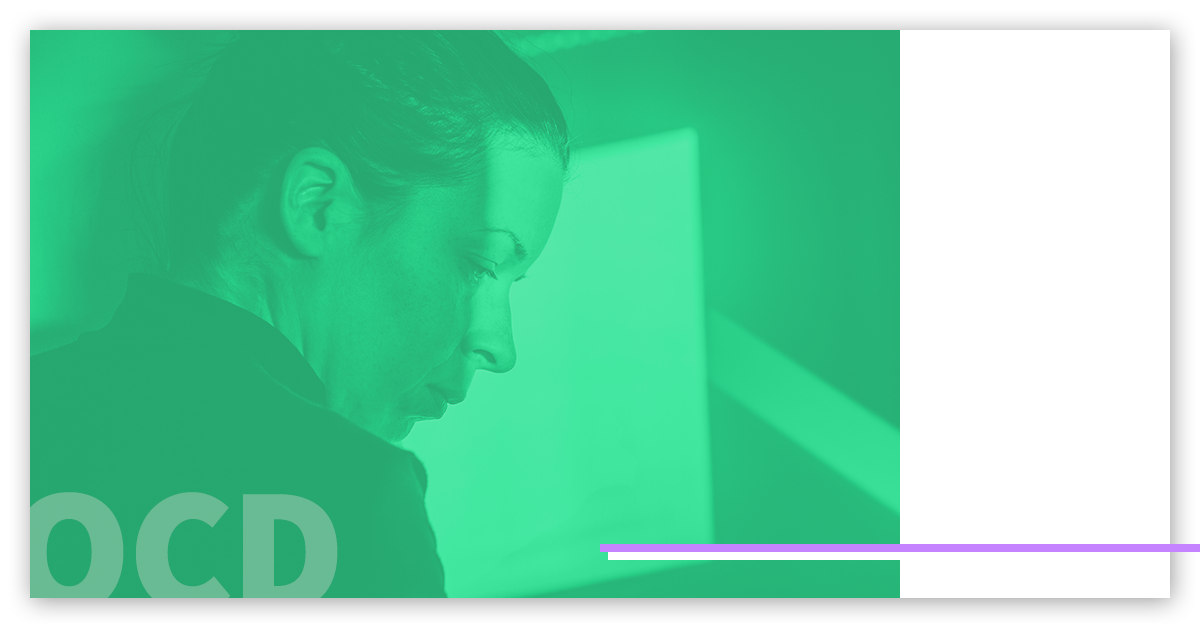Obsessive Compulsive and Related Disorders

LISTEN TO THIS ARTICLE:
People with Obsessive Compulsive and Related Disorders are plagued by relentless thoughts and/or repetitive behaviors that are disturbing and unpleasant. These are difficult to control and seriously disrupt the lives of patients.
What are Obsessive-Compulsive and Related Disorders?
Obsessions are thoughts, ideas, impulses, or mental images that repeatedly enter patients’ minds. People don’t want to have them, and they struggle to suppress them.
Compulsions are physical or mental acts that the patient feels the need to perform. These are meant to calm obsessive thoughts or done in line with certain, self-imposed rules.
Although Obessive-Compulsive Disorder is the most recognizable in this category, all of these disorders have either obsessions, compulsions, or both. People with Hoarding Disorder feel compelled to save possessions. Body Dysmorphic Disorder patients obsess over minor imperfections in their appearance. They also perform repetitive behaviors focused on trying to change their image. Trichotillomania and Excoriation Disorder include body-focused repetitive behaviors that people find difficult to stop and leave lasting, negative effects.
The psychiatric community has only recently started grouping these disorders together. Previously, Obsessive-Compulsive Disorder were in the same group as Anxiety Disorders. Trichotillomania and Excoriation Disorders were still under study. Although anxiety is a very frequent symptom in these disorders, they are separate from the anxiety disorders because the core of these disorders is the repetitive thoughts or behaviors.
Who gets Obsessive-Compulsive and Related Disorders?
Early start
All of these disorders tend to start in late childhood and early adolescence. This is especially true for those disorders that have a focus on the body or appearance, most appropriate for this time of rapid physical and emotional change.
Anxiety and depression
Mood problems are the most common disorders that occur alongside obsessive-compulsive and related disorders. They appear in at least 50% of Obsessive-Compulsive Disorder patients.
Shared genes
Although there have not been a significant amount of studies looking at all of the disorders in this category together, they do occur along side each other more frequently in relatives.


 Learn
Learn Read Stories
Read Stories Get News
Get News Find Help
Find Help